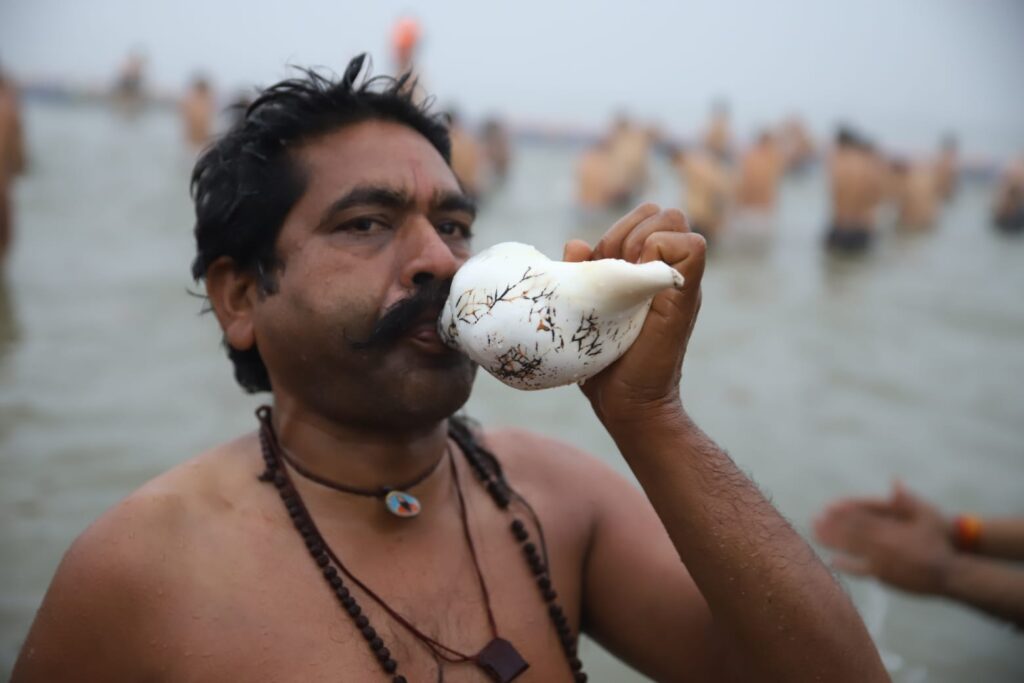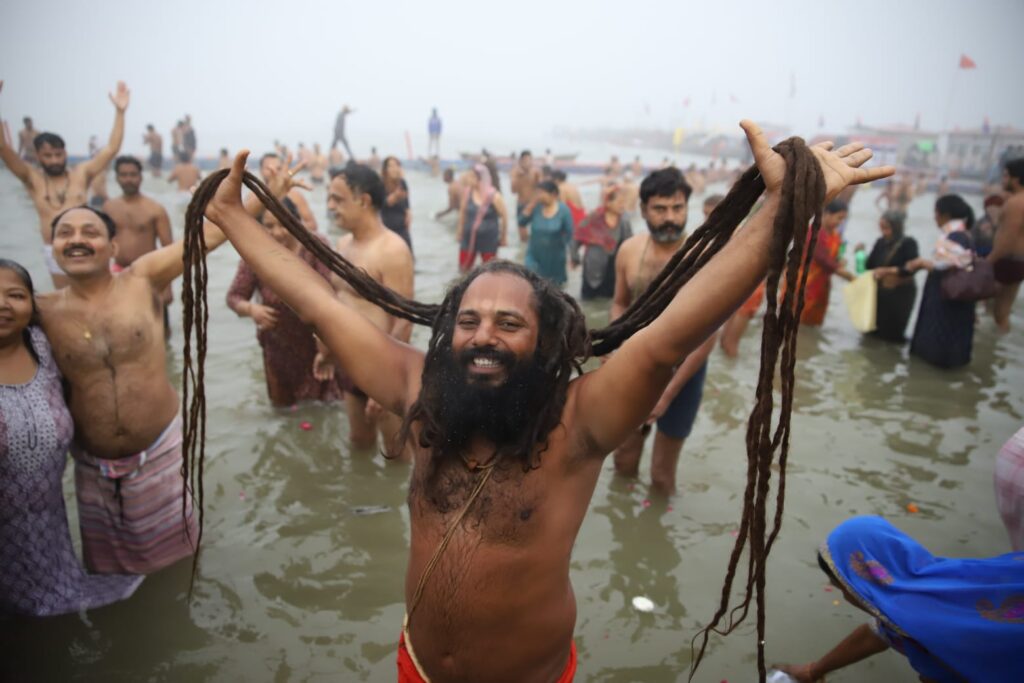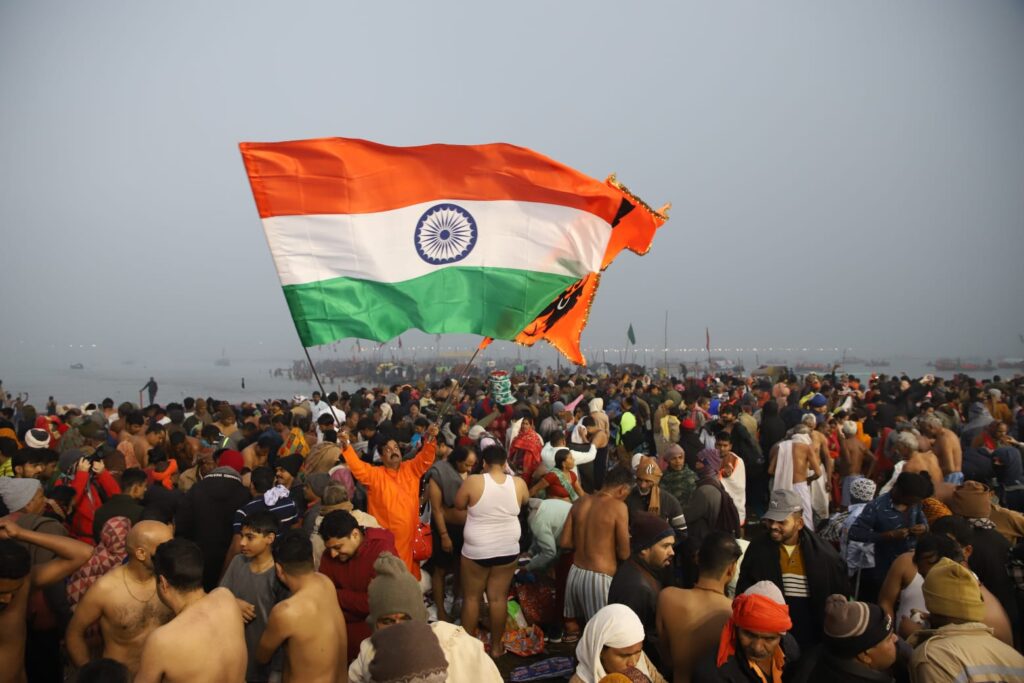Maha Kumbh Mela 2025, culture, tradition and religiosity of India (+Photos) – Radio Florida de Cuba

New Delhi.- Maha Kumbh Mela 2025, the largest public religious gathering in the world and declared Intangible Cultural Heritage of Humanity, began today in India with the congregation of millions of believers in Prayagraj, Uttar Pardesh.
More than 400 million people, from India and other parts of the world, are expected to gather on an area of four thousand hectares until February 26 during the pilgrimage, which, according to Prime Minister Narendra Modi, embodies the eternal spiritual heritage of the country and celebrates faith and harmony.

Maha Kumbh Mela, a sacred pilgrimage held four times over the course of 12 years, attracts millions of Hindu worshipers who bathe in rivers considered sacred to them in search of purification from sins and spiritual liberation. .
In addition to participating in a series of rituals, they will also embark on an odyssey that transcends physical, cultural and even spiritual limits.
The timing of each Kumbh Mela is determined by the astrological positions of the Sun, Moon and Jupiter, which are believed to mark an auspicious period for spiritual cleansing and self-enlightenment.
Likewise, its location rotates between Haridwar, Ujjain, Nashik and Prayagraj, each situated next to a sacred river, from the Ganges to the Shipra, the Godavari and the confluence of the Ganges, the Yamuna and the mythical Sarasvati.

Rooted in Indian mythology and culture, the Maha Kumbh Mela is a profound representation of humanity’s eternal quest for inner peace, self-realization and spiritual unity.
It is believed that its realization is determined by the union of astronomy, astrology, spirituality, ritualistic traditions and customs, as well as sociocultural practices.
Participants include ascetics, such as Sadhus and Naga Sadhus, who practice intense spiritual discipline, hermits who emerge from seclusion to join the Mela, seekers of spiritual wisdom, and everyday practitioners of Hinduism.

Its most notable ceremony is that of the sacred bath. At the confluence of the rivers Ganges, Yamuna and the mythical Sarasvati, known as Triveni Sangam, millions of devotees gather to perform this deeply significant ritual.
The act of immersing oneself in these sacred waters is believed to purify sins, freeing both people and their ancestors from the cycle of rebirths, and ultimately guiding them towards Moksha, or spiritual liberation.
Additionally, pilgrims participate in worship along the river banks and attend spiritual discourses led by sadhus and revered saints.
A tradition like the history of India itself
The roots of the Kumbh Mela date back thousands of years, with early references during the Mauryan and Gupta periods (4th century BC to 6th century AD), according to researchers at the Ministry of Culture.
Although not as large as the modern Kumbh Mela, the initial gatherings attracted pilgrims from across the Indian subcontinent and over time, the Mela’s importance grew alongside the rise of Hinduism, with rulers such as the Guptas further elevating its status as a revered religious congregation.
During the medieval period, the Kumbh Mela received patronage from several royal dynasties, including the Chola and Vijayanagar empires in the south, and the Delhi Sultanate and the Mughals in the north.
Even Mughal emperors such as Akbar are known to have participated in the celebrations, illustrating a spirit of religious tolerance. Historical accounts reveal that in 1565, Akbar granted the Naga Sadhus the honor of leading the royal entry into the Mela, an act that symbolized unity across religious and cultural lines.
In the colonial period, British rulers observed and documented the festival, intrigued by its massive scale and the diversity of congregations it attracted.
These stories provided valuable information about the evolution of the Kumbh and its resistance over time.
After independence, the Maha Kumbh Mela acquired even greater importance as it became a symbol of national unity and India’s rich cultural heritage. Recognized by UNESCO in 2017 as intangible cultural heritage of humanity, the Kumbh Mela is a testimony to the survival and evolution of ancient traditions in an era of modernization.
Celebration of culture and unity
For Indian authorities, the Maha Kumbh Mela is more than a gathering for spiritual purification; It is, in turn, a vibrant cultural celebration.
Traditional music, dance, art and crafts converge, making the Mela a feast for the senses. Pilgrims not only experience a spiritual journey, but also a deep immersion in India’s diverse cultural landscape, united by a shared search for inner peace and understanding.
International pilgrims and spirituality seekers also gather, attracted by the Mela’s universal message of unity, tolerance and transcendence.
Amid vibrant crowds and colorful displays, the Mela is a reminder that the yearning for spiritual fulfillment is a common thread that unites humanity, above nationality, language and beliefs, emphasizes a note from the Ministry of Culture. .
Taken from Prensa Latina
Share on social networks





